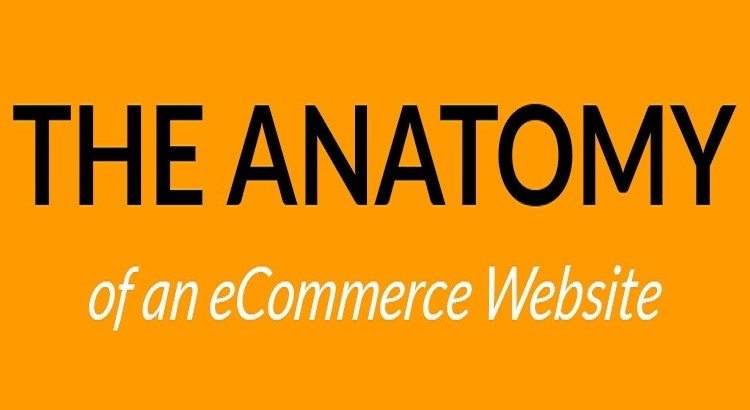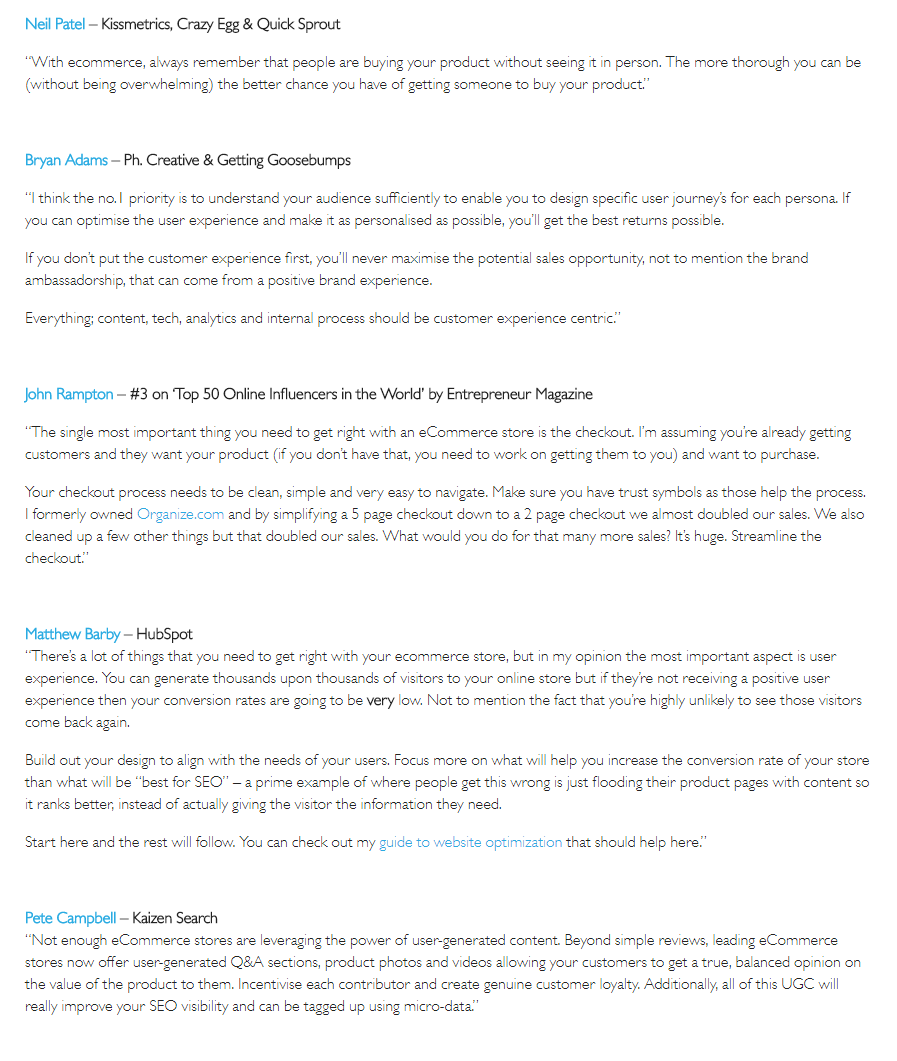An eCommerce portal is perfectly tuned only when it drives traffic and converts. It’s like the perfect recipe for the most delicious dish whose secret everyone wants to know.
As there are billions and billions of e-portals on the internet, only a handful of them has blended every active ingredient in their portals, not just doing business, but eventually helping them buy equity in other companies.
Amazon, the epitome of what an eCommerce strategy and business should be, became incredibly successful for various reasons. It took Jeff Bezos 23 years to a profit for the online giant. WOW!!! Many businesses are spending time studying Amazon’s genius business model to execute all the key elements in their sites.
Industry experts have come forward to outline what actually a shopper does or lists important while doing shopping on an eCommerce portal.
Amazon really had the vision to achieve milestones, which companies aspire to follow. Jeff is an amazing and one of the most influential entrepreneurs, tested and experienced seamless things to cement his place as an undisputed eCommerce king.
There are various things, which even numerous marketing peers miss by a shot that can be a complete game-changer.
Following is the list of numerous elements that can give an insight into why some portals perform incredibly well over their rivals.
-
Eye-catchy Design
Most individuals overlook the importance of web design. Some assert a compelling content and an SEO-friendly website. Even so, they totally disregard the web design’s significance, which tumbles down their business.
Let’s think about the importance of modern world architecture. Why are millions visiting Rome to see stunning infrastructure and not a new city that doesn’t have lucrative buildings to attract visitors? Whether it’s the Colosseum or Pisa’s leaning tower, the stunning designs have already attracted billions and will continue to do so without any advancement.
The heritage may have made them popular, but only to provide an overview of the true value of design was addressed.
Now imagine; you’re visiting a restaurant, and you’ll find a total disaster going in it like punctured ceilings, smeared tables, squandered food lying around the bin, staff’s filthy dresses etc. How are you going to react back then? You will probably hop to another restaurant or just forget you were ever hungry.
And why you left the place? Maybe because you thought how the food would be, when they fail to manage their shop? The same thumb rule applies to every e-commerce website.
A variety of researches has been built on the design and layout of e-commerce, which analyzed the experience of the customer and what he notices while shopping. For example, consumers spend 80 percent of their time viewing the content of the page, and 69 percent of their time viewing the column on the left-hand side. Those areas should, therefore, be masterfully tailored in a web design that is aligned with highly depicted content.
-
Conversion friendly Optimization
Sugarcoating your website with enriched media, and HD graphics won’t take you ahead in the race. A lot of eCommerce businesses fail in doing that.
You have to make sure you take the right step by optimizing your conversions to get sales. In other words, your design elements should be SEO friendly and have just what you need to ensure business conversions. Please note; conversions mean purchases, not the collection of a customer’s’ personal info thru forums.
You have to motivate them to buy things without using any force. Sometimes, too much force can break the things and the same in the case of trust during the shopping journey of the buyer. Some websites often force users by giving them lots of options; while options are good, they also distract.
-
Complete Transparency and security in the Checkout Process
A lot of times, transactions die midway because eCommerce portals fail to show fees or prices according to pin code until the person doesn’t reach the final stage of the payment page.
The data speaks itself, and that’s what many e-portal owners have confessed about their policy of hiding fees, which results in reverse than they had expected.
The right approach to do that is to remain transparent from the start. For example, some locations are far from the headquarters whereas some are nearby. Some sellers or businesses therefore don’t send their goods to every corner of the country. That is why providing product availability on the pin code right on the product description will save a great deal of time for customers to fill in all the important items during reimbursement and will not end up having shipping availability in his area.
In the same way, tell your potential customers about the fees by highlighting it so everyone who visits your page notices.
A lot of companies include their fees in actual product prices on the page. It means a customer has to pay no extra fees other than the fees displayed on the product page.
Let’s split product pages into four different sections for better understanding;
- Product validation and experience (top left)
- Core product details and buying area (top right)
- In-depth product information (bottom left)
- Cross-sell other products (bottom right)
-
Smooth Checkout Process
If you make your payment process smoother, chances are; you will draw a lot of sales at the end of the day.
eCommerce means a person can go shopping from other territories, too. Maybe you don’t ship to other countries; however, someone from foreign can buy a product from your portal to gift it to someone in your business country.
Many portals didn’t have that feature because they were too focused or have limited their vision within their region that proved them costly by losing many healthy business transactions. Hence, it’s a good way to accept payment globally, and let your business checkout page works smoothly for various account holders.
There should be no more additional pages on your payment page. These little things can seriously hurt your business.
The significant elements of eCommerce are discussed, now let’s dissect each part with a sharp eye and sort the best practices:
Homepage based practices
- An ever-present lookup bar
- Value-based front and center
- Tab / Promotions of goods for sale
- A footer where customers can find details about your company
Category pages practices
- Things clearly shown in rows
- Simple to navigate.
- Banner designed to highlight promotions
- Dedicate “Best Sellers” and/or “New Arrivals” to segment
Product pages practices
- Reveal customer reviews and ratings
- An obligatory copy of the product
- Massive, vivid pictures of your company
- Big, daring, contrast-in-colour buttons add-to-cart
- Upselling, cross-selling, related products
Checkout page practices
- Indicator of Visual progress
- Give various payment options
- Include a summary of the order
- Customer service that is easy to navigate
- Secure badges on checkout
Beneath are some pearls of wisdom by industry experts.


